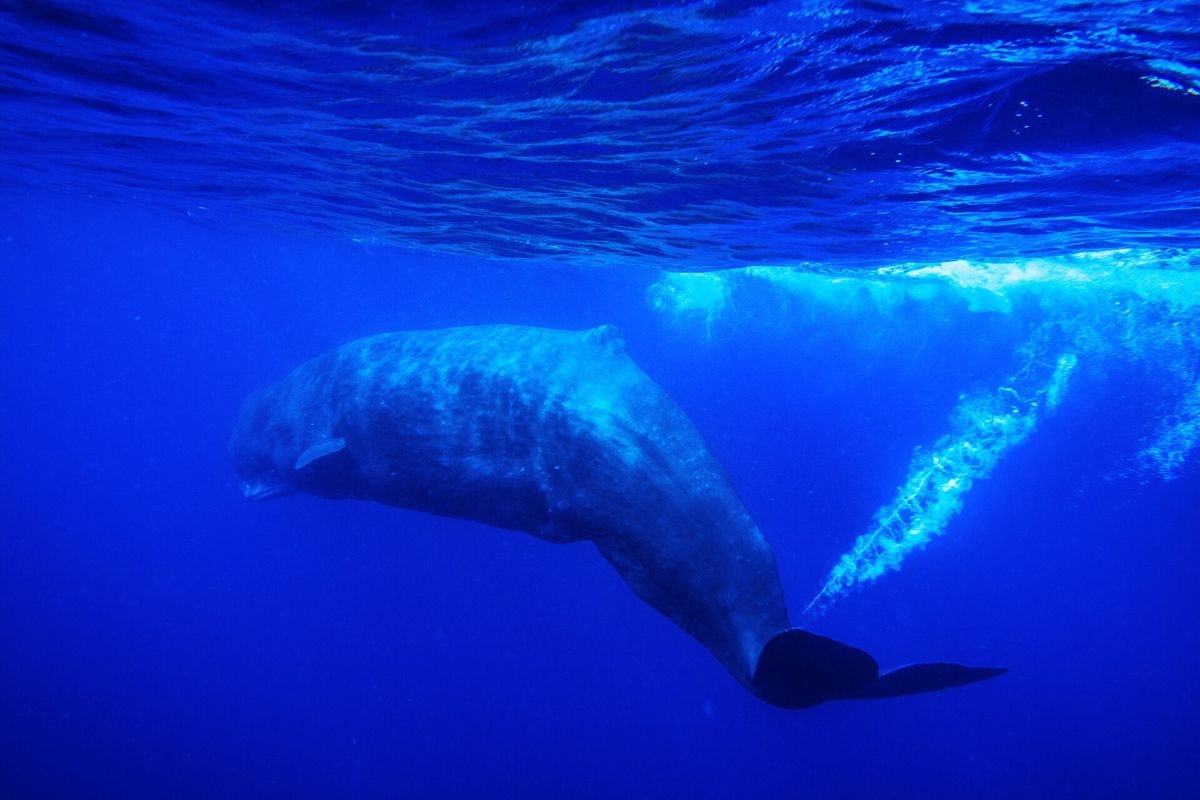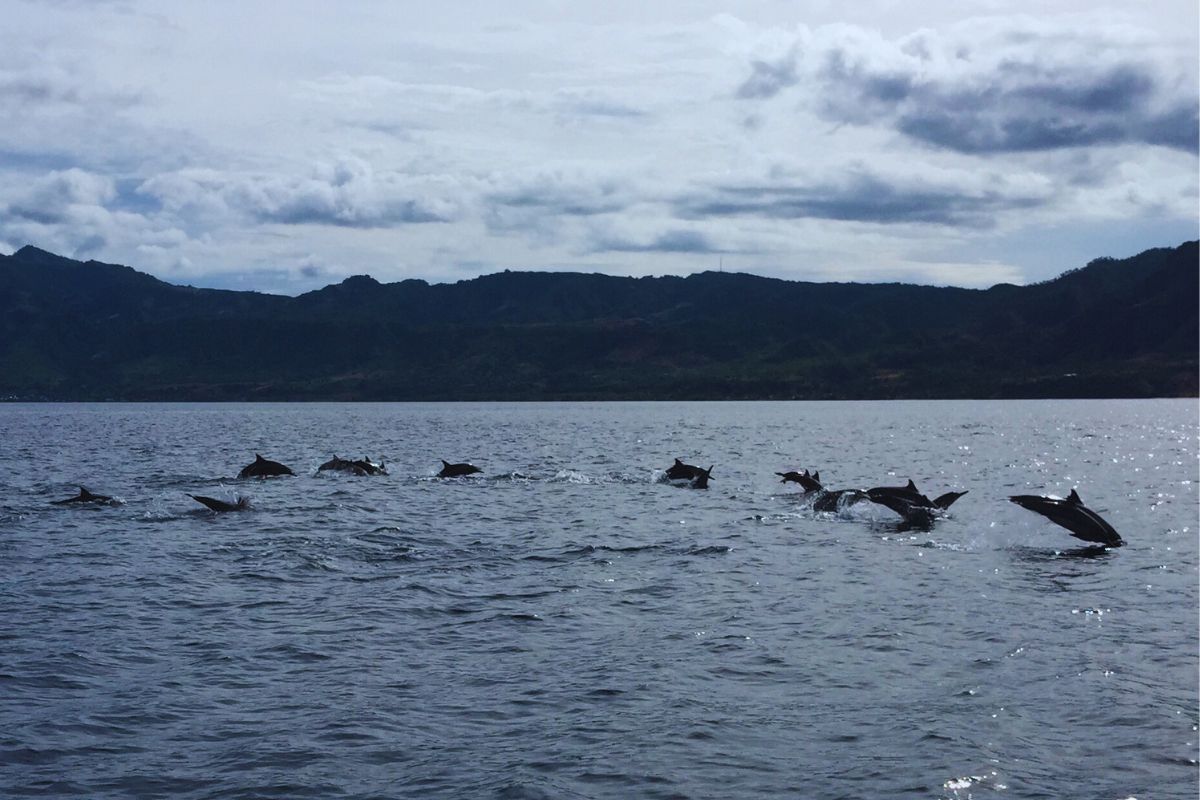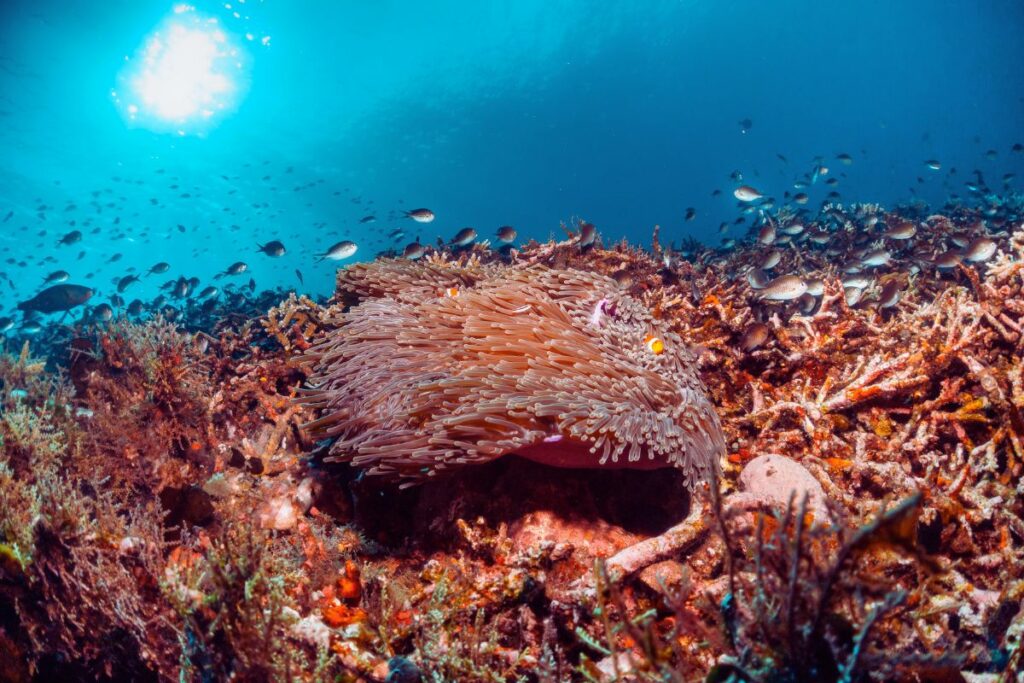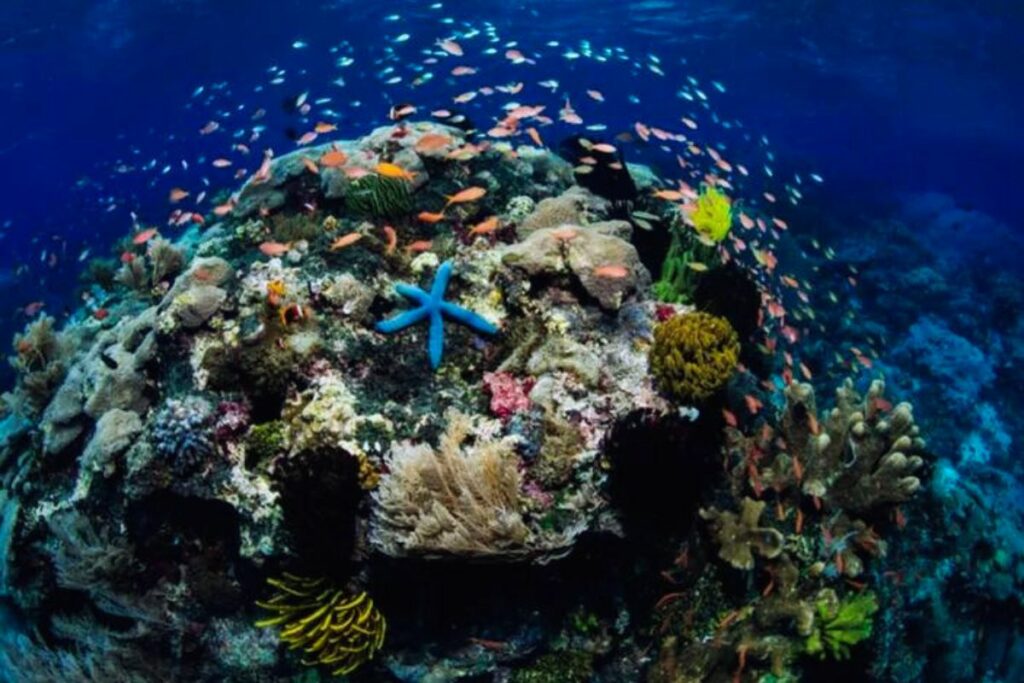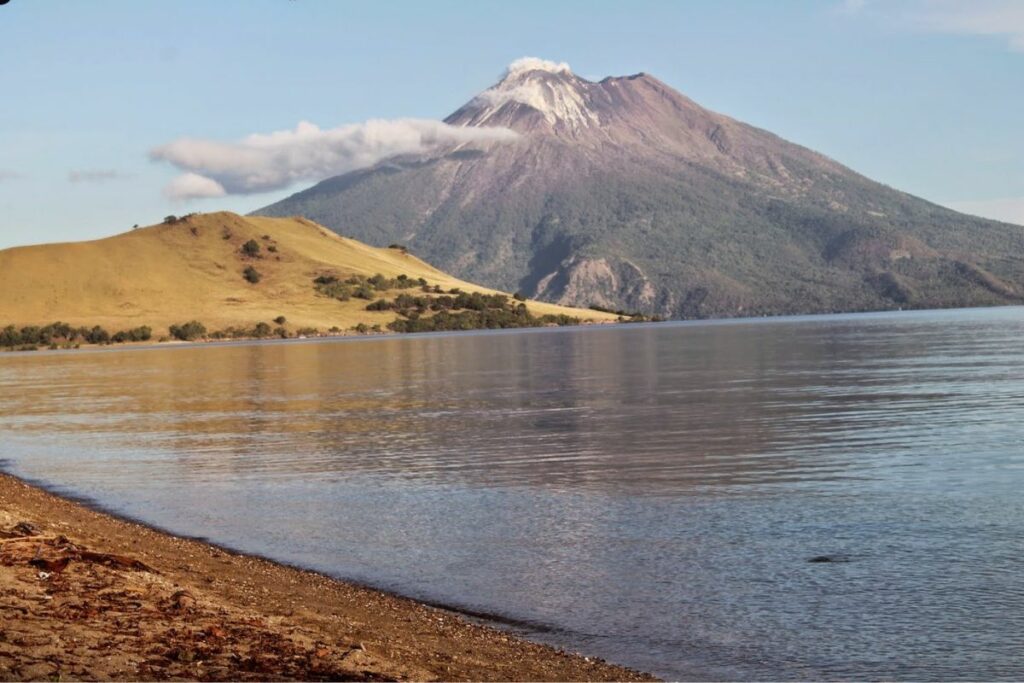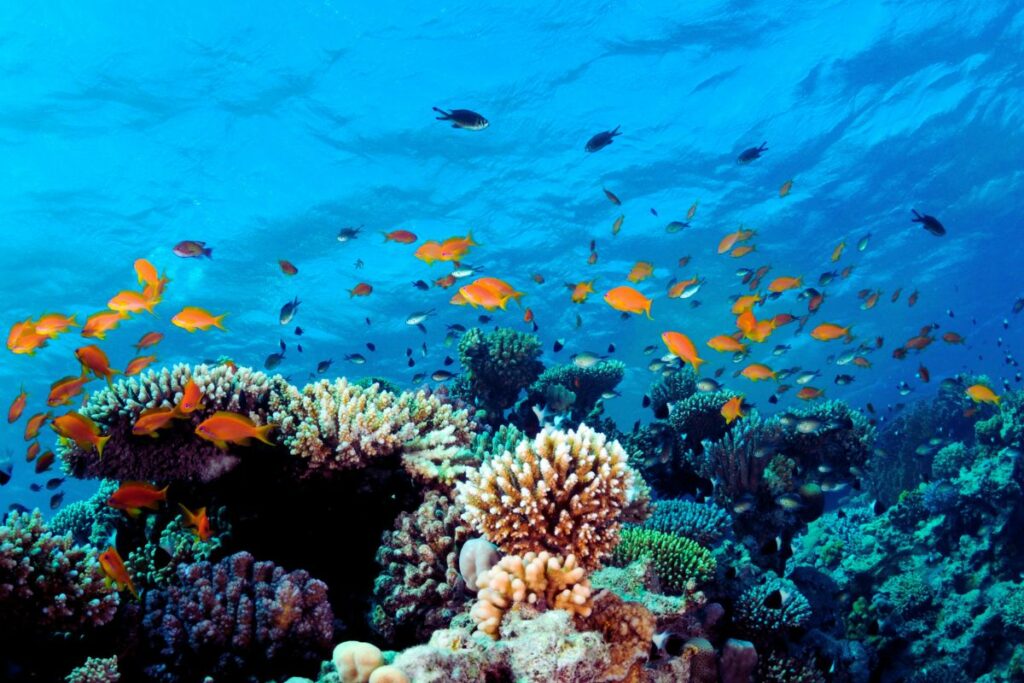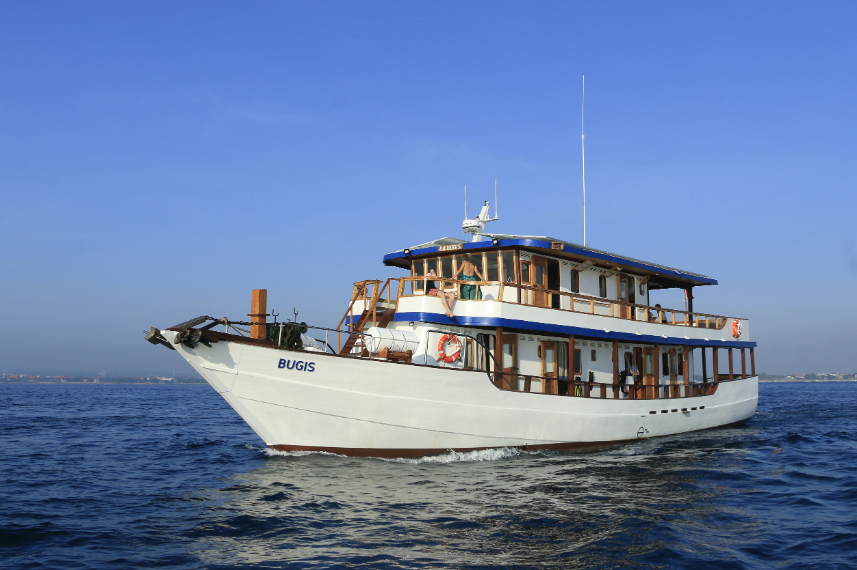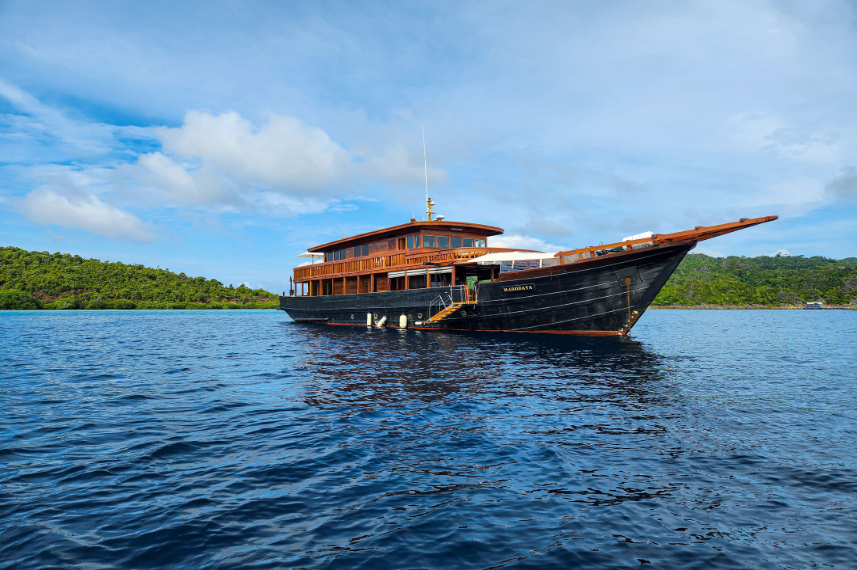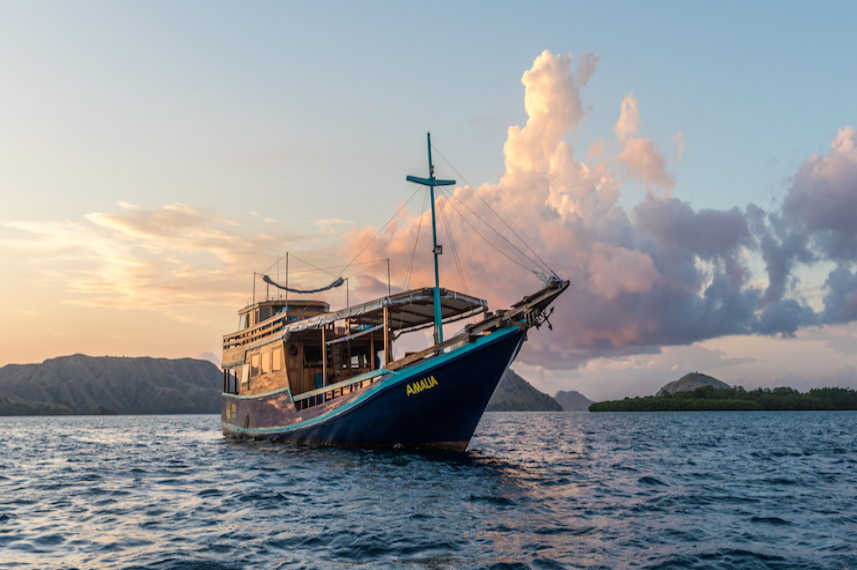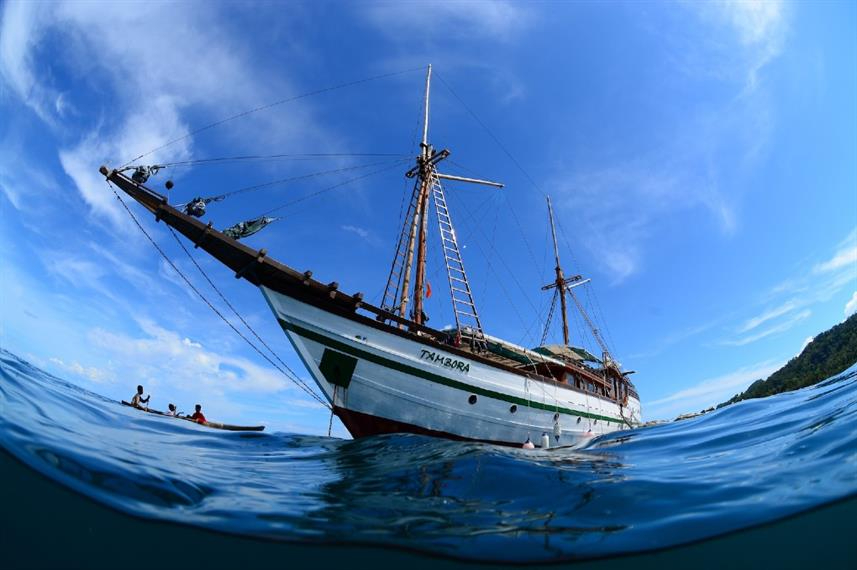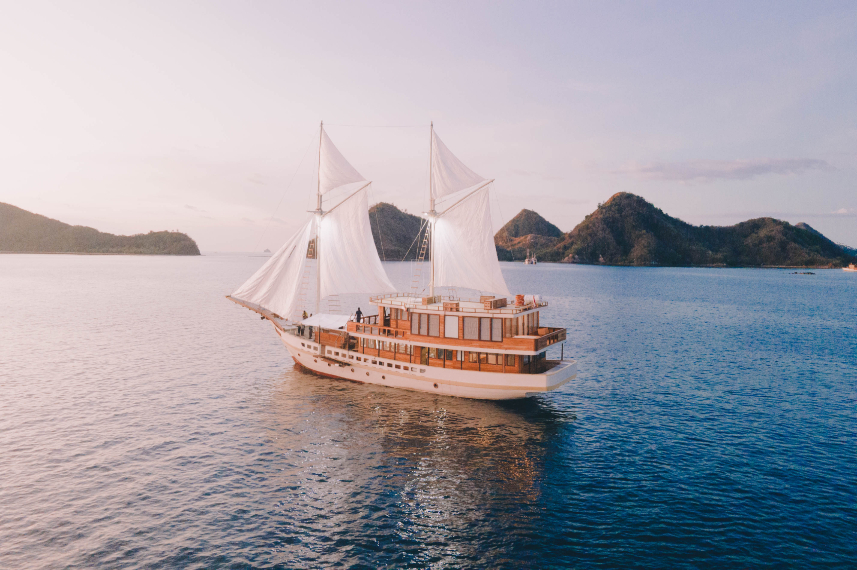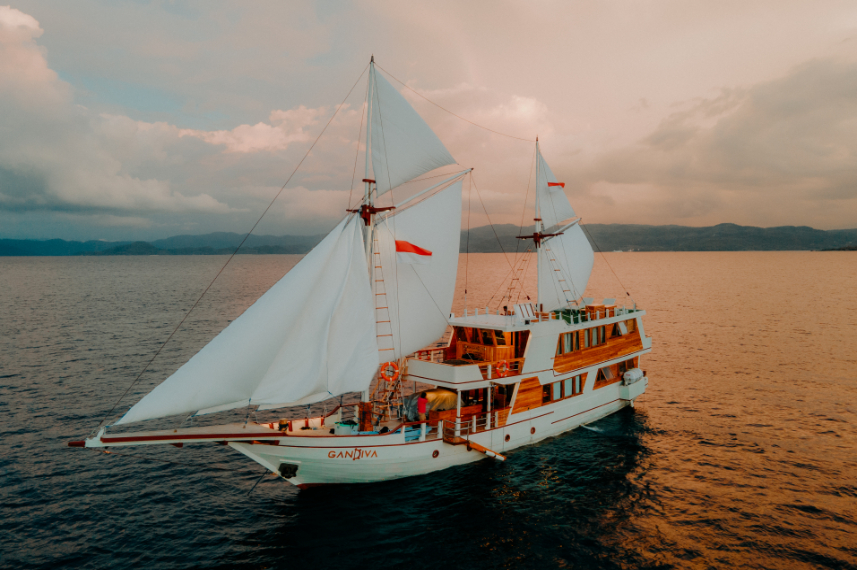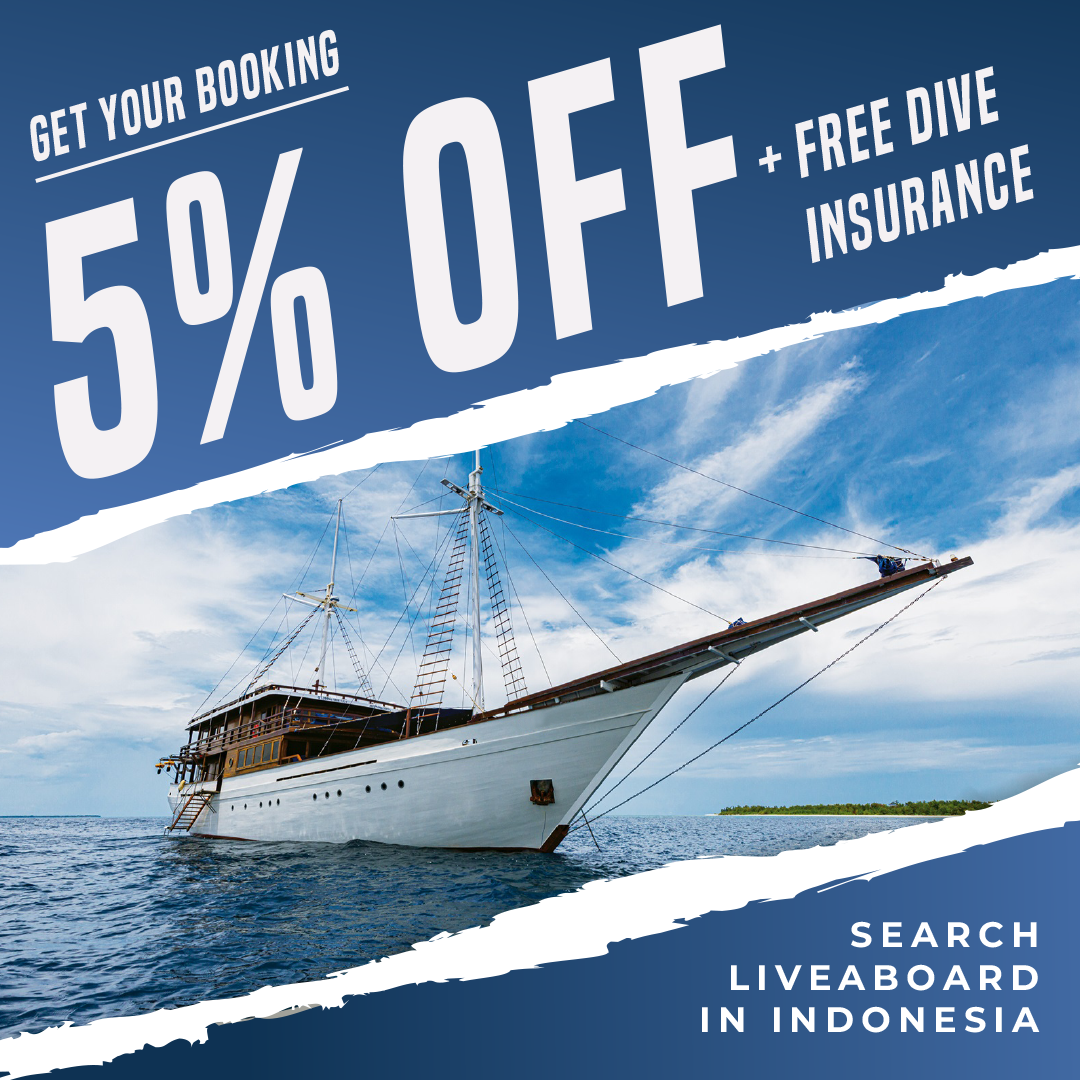Lembata
Part of the Solor archipelago, Lembata is one of the three biggest islands in the region, alongside Adonara and Solor. Surrounded by three bodies of water: the Savu Sea in the south, the Banda Sea in the north, and Alor Strait in the east, the region becomes one of the epicenters of the transition between two continents, resulting in breathtaking marine biodiversity.
Lembata is also home to the last whaling communities in Indonesia, and its nutrient- rich volcanic sand is the perfect spot for muck diving. With three active volcanoes and the traditional charm of the local culture, Lembata is a magnificent destination for those seeking a less-visited place in eastern Indonesia.
Top highlights of Lembata
- Visit the villages in Lembata to witness their traditional weaving technique called Ikat, using natural dye and homegrown cotton
- Alor Strait is the place to be for some significant mammal action like whale and dolphin sightings
- Lamalera village is a must-stopover if you wish to see whale hunting as part of their tradition for centuries
- Rusa Island is the perfect stopover to witness colorful and incredible coral reefs in Lembata
About Lembata
In numbers, Lembata measures about 80 kilometers from the southwest to the northeast and around 30 kilometers in width. Alongside Alor, Lembata is one of the least visited areas in East Nusa Tenggara, making it the ideal destination to explore the region and find many beautiful hidden gems of nature.
Aside from being a great diving destination, the culture in Lembata can only be described as rich. The tradition of weaving using natural dye, known as Ikat, from their homegrown cotton, is prevalent in this region, while the Lamaholot ethnic group has its own language.
Lamalere, with a population of around 2,500, is one of Indonesia’s last two remaining whaling communities, alongside Lamakera on the island of Solor. The hunting of sperm whales is part of the tradition that has been kept for centuries using handmade equipment and never intended as illegal hunting.
The practice is allowed under the International Whaling Commission regulations as the tradition is considered essential for the people of Lamalera. The whale is hunted for consumption or traded with other islanders for other food items. Due to the island’s dry climate, the food source is limited, which was probably why whale hunting became a tradition in the first place.
Diving in Lembata
Geographically, Lembata is sandwiched between two oceans, the Pacific and the Indian. Thus, the strait separating Lembata and Pantar is a pivotal point of marine life, and it has become the migratory path for some big mammals and pelagics.
Different species of whales and dolphins are commonly encountered in Lembata. These giant mammals pass the Alor Strait during the migratory period. But marine mammals are not the only attractions in Lembata.
Plenty of other fish species exist in the Lembata waters, from scorpionfish, frogfish, anemonefish, clownfish, and butterflyfish to groupers and trevallies. At the same time, critters like nudibranchs, sea pens, pygmy seahorses, Mandarin fish, cuttlefish, and different species of shrimps and crabs can also be spotted among the healthy and colorful corals. Hard and soft corals, like branching corals, table corals, and sea fans, completed the remarkable view of the underwater panorama in Lembata.
Discover your next adventure in
The Importance of Alor Strait for Cetaceans
The strait’s name may not represent Lembata, but its importance is equal as it is the one that separates the two islands of Lembata and Pantar. This strait acts as the corridor that connects the Savu and Banda Seas and plays a significant role for cetaceans during their migratory period.
During the dry season, which lasts from May to September, the conditions are ideal for cetaceans to feed and breed, which is often reflected in the increase in sightings. Different whale and dolphin species, including orca (though less common than the other species), pilot whales, sperm whales, spinner, and Risso’s dolphins, are known to pass this strait, thanks to its rich nutrient waters and the plenitude of their diet, such as schooling fish, squids, and crustaceans. This is the perfect period to visit Lembata and witness these giant mammals move across the water.
The migratory activity in the Alor Strait proves to be important for scientific research to gain more profound knowledge about their behavior and migratory patterns. It is also crucial to determine the best possible strategies to ensure its conservation.
Diving Environments in Lembata
A diverse range of dive sites in Lembata is undoubtedly one of the draws for divers. From coral reefs and drop-offs to slopes and muck dives, they are available to explore. With the depth ranging from 5 to 30 meters, this is the place for novice and advanced divers.
Like in many dive spots worldwide, the visibility in Lembata is influenced by different factors, such as weather conditions and currents. In the dry season, the visibility can range from 15 to 40 meters on a clear day, allowing the divers to spot various marine life without difficulties. During the wet season, the visibility decreases slightly, even though diving is still possible.
During the dry season, the water temperatures around Lembata generally range from 25 to 30 degrees Celsius. The water temperatures may drop insignificantly in the wet season but still provide comfortable diving conditions.
Currents can be strong in some locations, especially the ones exposed to the open seas. Always check with your diving operators to ensure an enjoyable diving experience.
Discover your next adventure in
How to get to Lembata
Getting to Lembata is relatively easy as there is an airport in the main city, Lewoleba. Kupang is the entry point, as there is no direct service to Lembata from other big cities in Indonesia, and most flights depart from Kupang, the capital of East Nusa Tenggara.
Direct flight is available from Jakarta to Kupang by Garuda, while Batik Air and Lion Air have a stopover in Surabaya. If you wish to leave from Surabaya, Garuda, and Lion Air offer direct service to Kupang. Direct flights from Denpasar-Bali are available through Air Asia and Lion Air.
Once you arrive in Kupang, only one service is offered by Wings Air to Lewoleba. When this article was written, the schedule to Lembata was one flight per day and three times a week, on Tuesday, Thursday, and Saturday, and it takes only about 50 minutes.
Diving Seasons & Weather in Lembata
The best period to dive in Lembata is from April to November, coinciding with the dry season. Rainfall rarely happens between these months, with the weather sitting comfortably between 27 to 32 degrees Celsius. The visibility is also excellent, providing the best underwater paradise experience. This period is also perfect for whale watching in Lembata.
December to March is the wet season, which brings heavy rainfall and limited visibility alongside strong winds and rough sea surface.


